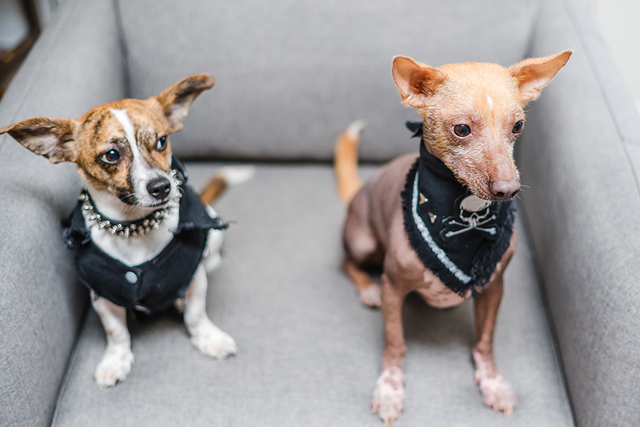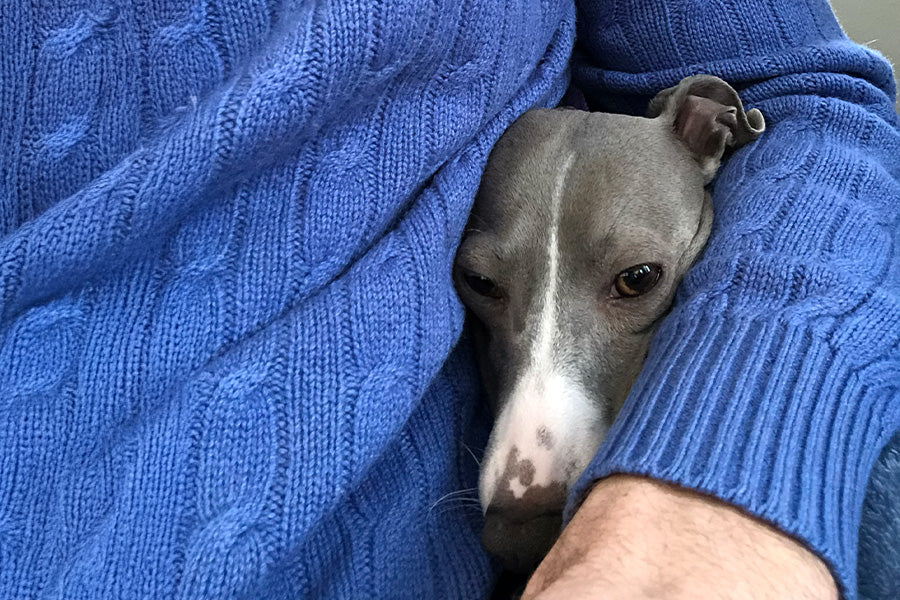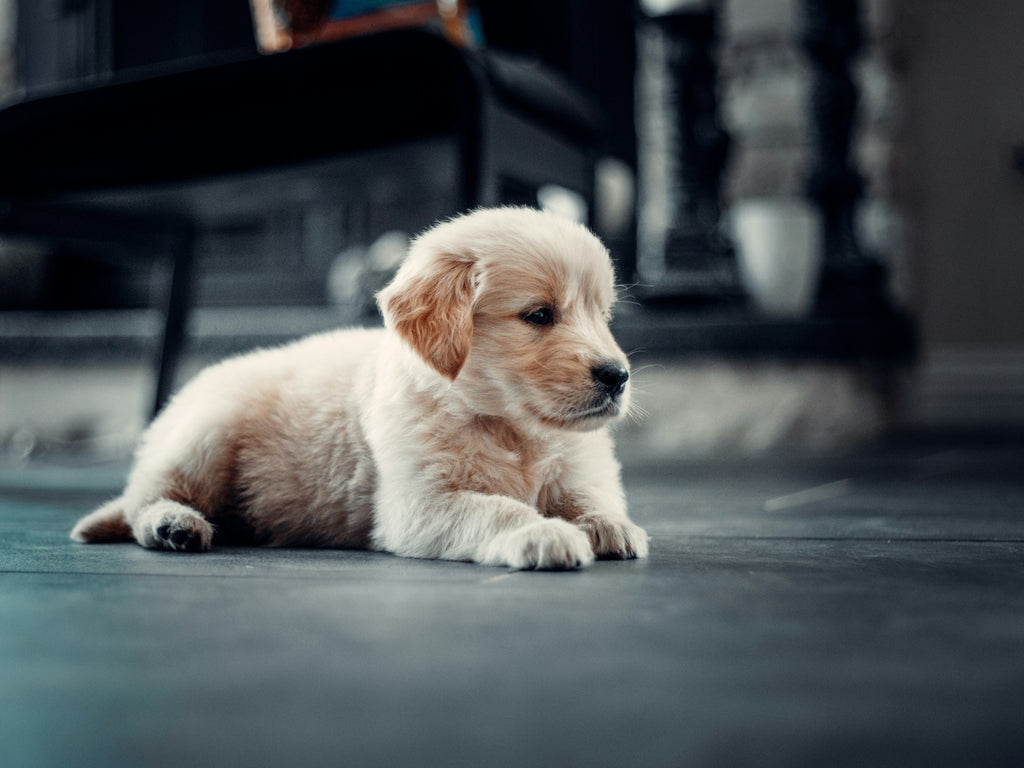Step-by-Step Guide to Potty Train Dogs

Potty training your dog might seem like a daunting task, but with the right approach, it can be a rewarding experience for both you and your furry friend.
With the best dog training techniques, patience and lots of treats - it's possible.
Whether you're dealing with a young puppy or an older dog, having a structured plan and understanding the different techniques available can make a world of difference.
Understanding Potty Training Basics
Before diving into specific techniques, it's essential to understand the basics of potty training. Dogs thrive on routine and consistency, so establishing a schedule is one of the first steps. Remember, patience and positive reinforcement are key components in teaching your dog where and when to do their business.
Establish a Routine
Creating a consistent routine helps your dog understand when it's time to go outside. Take your dog out first thing in the morning, after meals, and before bedtime. Additionally, frequent bathroom breaks are necessary for puppies as they have smaller bladders.
Use Positive Reinforcement
Reward your dog with treats, praise, or playtime whenever they successfully go potty outside. Positive reinforcement strengthens the behaviour you want to encourage. Make sure to reward immediately after the act to make the connection clear for your dog.

Potty Training Tips for Puppies
Potty training a puppy requires a bit more attention and time, but the results are well worth it. Here are some tips to help guide you through the process.
Start with a Designated Area
Choose a specific spot outside where you want your puppy to go potty. The smell will remind them where to return, making it easier for them to understand where they should go.
Supervise and Limit Freedom
Until your puppy is fully potty trained, it's important to supervise them closely. Limit their access to the house to prevent accidents. Consider using baby gates or playpens to create a safe space for them to explore without getting into trouble.
Recognize the Signs
Learn to recognize signs that your puppy needs to go potty, such as sniffing the ground, circling, or whining. When you see these signs, take them outside immediately to prevent accidents inside.
How to Potty Train an Older Dog Without a Crate
Potty training an older dog can present different challenges, especially if you’re not using a crate. However, with patience and consistency, it's completely achievable.
Establish a New Routine
Older dogs may have ingrained habits, so it’s important to establish a new routine. Be consistent with feeding times, walks, and bathroom breaks to help them adjust to the new schedule.

Use a Leash
Take your dog out on a leash to the designated potty area. This practice helps them focus on the task at hand and prevents them from getting distracted.
Praise and Reward
Just like with puppies, use positive reinforcement to encourage your older dog. Praise them enthusiastically and offer treats when they do their business outside.
Potty Training Techniques
Different techniques work for different dogs, so it’s essential to find the one that best suits your dog's personality and needs.
Bell Training
Train your dog to ring a bell when they need to go outside. Hang a bell by the door and ring it each time you take your dog out to potty. Eventually, your dog will learn to ring the bell themselves when they need to go.
Pee Pad Training
For indoor potty training, you can use paper training techniques. This involves placing training pads in a specific area for your dog to use. Gradually move the pee pads closer to the door until your dog associates going outside with potty time.
Command Training
Use a specific command, like “go potty,” each time you take your dog to their designated spot. With repetition, your dog will associate the command with the action.
Dog Litter Box Training
Teach your furry friend where to go when nature calls with this convenient solution. Perfect for busy pet owners or those in apartments, litter box training offers an alternative to outdoor potty training.
Start by selecting the right litter box and materials suited to your dog’s size and preferences. Options range from standard boxes for small breeds to larger designs for bigger dogs. Choose a material that mimics grass or sand to encourage natural instincts.
Introduce your dog to the box using positive reinforcement like treats and praise. Be patient during the learning process and guide them to the box when needed. Maintain a routine, clean the box regularly, and reinforce good behaviour to help your dog adapt.
With consistency and care, litter box training can simplify life for both you and your pet.
Troubleshooting Common Issues
Even with the best techniques, challenges can arise during potty training. Here are some common issues and how to address them.
Accidents Inside
If your dog has an accident inside, clean it thoroughly to remove any scent that might attract them to the same spot. Avoid scolding, as it can lead to fear and anxiety. Instead, focus on reinforcing good behaviour.
Regression
Sometimes, dogs may regress in their training. This can happen due to changes in routine, stress, or medical issues. Reinforce the training basics and consult a veterinarian if the problem persists.

Best Potty Training Advice
Potty training your dog requires time, effort, and a lot of patience, but the bond you create through the process is invaluable. Remember to keep a positive attitude, use consistent techniques, and most importantly, enjoy the journey with your furry friend. By following these potty training tips and techniques, you’ll be well on your way to a happy, well-trained dog.
Implementing these strategies will not only improve your pet's quality of life but also strengthen the trust and understanding between you and your dog. Happy training!



